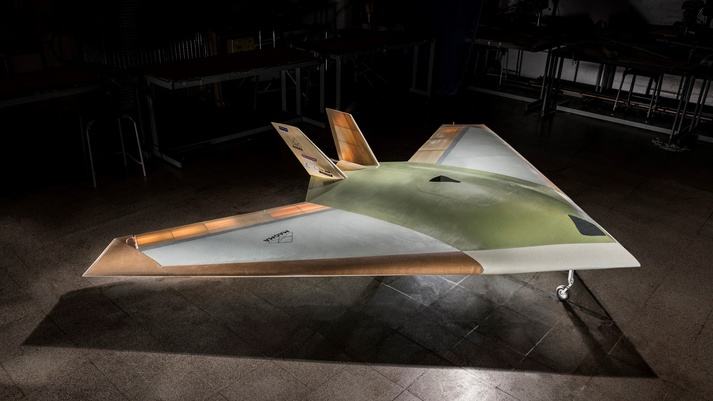BAE Systems, in collaboration with The University of Manchester, has completed initial flight trials of a new unmanned aerial vehicle (UAV) concept called MAGMA.
BAE Systems, in collaboration with The University of Manchester, has announced the successful completion of the first phase of flight trials of a new unmanned aerial vehicle (UAV) concept called MAGMA.
The design used a blown-air system to manœuvre the aircraft, in place of control surfaces. According to BAE Systems, this could give greater control, as well as reducing weight and maintenance costs, allowing for lighter, stealthier, faster and more efficient military and civil aircraft in the future.
The two technologies to be trialled first using the jet-powered UAV are:
• Wing Circulation Control, which takes air from the aircraft engine and blows it supersonically through the trailing edge of the wing to provide control for the aircraft
• Fluidic Thrust Vectoring, which uses blown air to deflect the exhaust, allowing for the direction of the aircraft to be changed.
BAE Systems says that further flight trials are planned for the coming months to demonstrate the new flight control technologies with the ultimate aim of flying the aircraft without any moving control surfaces or fins. If successful, the company says the tests will demonstrate the first use of such circulation control in flight on a gas turbine aircraft and from a single engine.
Additional technologies to improve the performance of the UAV are being explored in collaboration with the University of Arizona and NATO Science and Technology Organisation.

